Buying art for free and making a fortune from it may sound like a dream, but with a little creativity and strategic thinking, it’s possible. Embracing unconventional methods to acquire art can open doors you never imagined, leading you to not just surround yourself with beautiful pieces, but also potentially making a living from it. Dive into these 13 strategies that blend innovation, resourcefulness, and a bit of boldness to help you snag art without spending a dime and maybe even make millions in the process.
1. Master the Art of Bartering
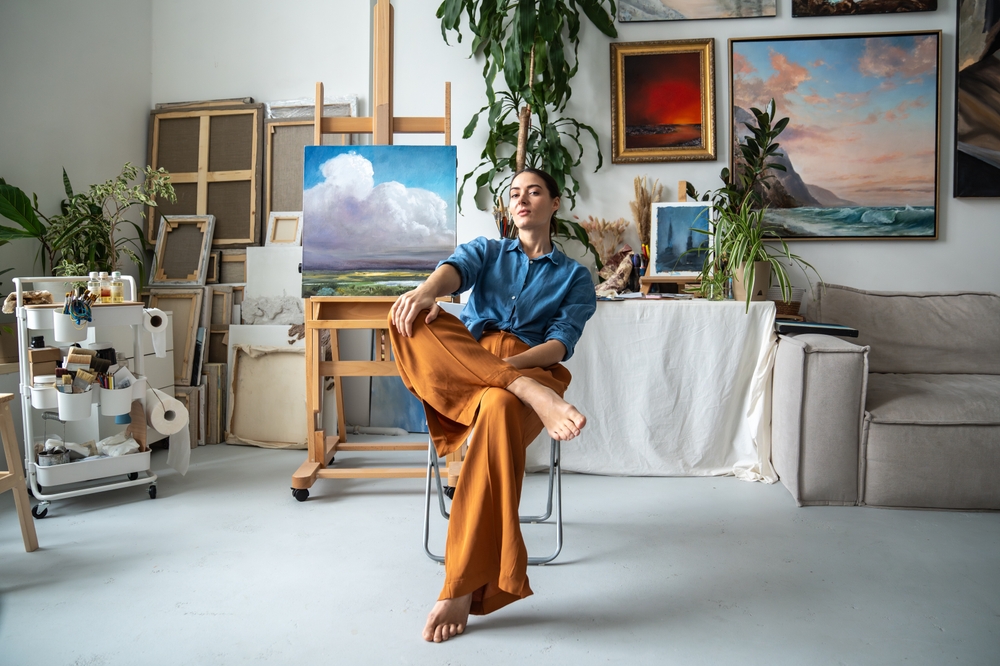
Bartering is one of the oldest forms of exchange, and it can be your ticket to acquiring art without any cash. Think about the skills or services you can offer in return for a piece of art. Perhaps you’re a web designer, a marketing expert, or even a chef. Whatever your talent, someone out there values it and might be willing to exchange it for art. Start by reaching out to local artists or visiting forums and online marketplaces where artists congregate. According to Forbes, bartering is a viable way to leverage skills and services in exchange for goods, including art. This approach not only gets you art for free but also helps build relationships with artists, potentially leading to more exchanges in the future. As you establish trust and rapport, you might even find artists eager to collaborate with you.
Once you secure a few pieces through bartering, you can showcase these in your home or online gallery. Having a personal collection means you can start building your brand as an art collector. As your reputation grows, so does your network and influence within the art community. Eventually, your collection will draw attention from art enthusiasts and investors, ready to purchase pieces from your curated selection, netting you significant profits. This snowball effect means your initial bartered pieces could lead to substantial financial gains. It’s essential to document each acquisition and transaction carefully, as this transparency builds trust among potential buyers. Remember, the art world is as much about relationships as it is about creativity.
2. Explore the World of Art Grants and Sponsorships

Art grants and sponsorships aren’t just for creating art; they can also be leveraged to acquire it. Many organizations and foundations offer grants that cover the acquisition of art for personal or public projects. Begin your journey by researching local and national art grant programs. A reliable source for information on available grants is the National Endowment for the Arts. Applying for these grants requires a compelling proposal, so think creatively about how acquiring specific artworks can serve a greater purpose. Whether it’s creating a community art space or enhancing an educational program, the right narrative can make your grant application stand out.
Securing a grant not only allows you to acquire art without spending your own money but also gives you credibility as an art collector or curator. Once you have the art and the backing of a grant, consider ways to monetize the pieces. Hosting events, such as exhibitions, workshops, or art talks, can attract art lovers and potential buyers. These events can also lead to sponsorship opportunities, where local businesses or national brands fund your initiatives in exchange for advertising or exposure. With each successful event, your profile in the art community will rise, potentially leading to lucrative opportunities. As your network grows, so too does your potential to sell acquired artworks at significant profits.
3. Leverage the Power of Social Media and Art Challenges

In today’s digital age, social media platforms are powerful tools for acquiring art for free. Artists often engage in art challenges and giveaways on platforms like Instagram and Twitter to increase their visibility and reach. By being active on these platforms, you can participate in these challenges and potentially win original pieces at no cost. According to ArabelArt, engaging with artists online can lead to meaningful connections and opportunities. Commenting on posts, sharing artists’ work, and participating in discussions can put you on their radar. In addition, join art-focused groups on Facebook or Reddit, where artists frequently share and exchange their work.
Once you’ve acquired art from social media challenges or giveaways, showcase it on your profiles, crediting the artists and sharing their stories. This practice not only supports the artists but also enhances your online presence as a collector. Over time, your profile will attract followers who are interested in art, leading to opportunities to sell pieces or collaborate with artists on projects. The relationships you build here can open doors to exclusive art deals and insider knowledge about upcoming artists. Additionally, as your collection grows, consider launching your own social media art challenges to engage your audience and build your brand. This cyclical engagement can significantly boost your profile, leading to financial success in the art world.
4. Attend Local Art Fairs and Festivals

Local art fairs and festivals are treasure troves for finding hidden gems without breaking the bank. While some pieces can be expensive, many artists are open to negotiation, especially at the end of an event. As you wander through these fairs, engage with the artists, and express genuine interest in their work. Building a rapport is crucial as it may lead to special deals or even free pieces, especially if you can offer something in return, like exposure through your social media or event hosting. Often, artists are trying to clear inventory or gain additional exposure, making them more flexible with pricing or exchanges.
In these settings, networking is key. As you make connections, you’ll learn about other opportunities, such as unsigned artists looking to break into the market. These artists might be willing to give you art for free in exchange for your help in promoting their work. By becoming an advocate for emerging artists, you establish yourself as a key player in the art community. Your efforts will not only result in a growing art collection but also potentially lucrative partnerships. As you gain a reputation for discovering talent, investors and collectors might seek you out for advice, leading to consulting opportunities and financial gain.
5. Volunteer at Non-Profit Art Organizations

Non-profit art organizations often rely on volunteers to help them operate and carry out their missions. By volunteering, you can gain access to art pieces that might otherwise be unavailable to the public. Many non-profits host art auctions and events where you can assist and build relationships with artists and collectors. By being in the right place at the right time, you can negotiate deals, get first dibs on certain pieces, or even receive art as a thank you for your work. Volunteering also helps you learn more about the art industry and develop skills that can be valuable in your future endeavors.
In addition to acquiring art, volunteering enhances your credibility and standing within the art community. The relationships you build can lead to opportunities to curate exhibits or collaborate on projects that generate income. As people get to know you and your passion for art, you’ll be seen as a go-to person for art-related opportunities. This visibility can attract investors or sponsors interested in your growing collection and art initiatives. Over time, your involvement will open doors to paid positions or consulting opportunities within the art world. By giving your time and energy, you invest in your future success in the art industry.
6. Turn to Virtual Art Galleries and Online Auctions

With the rise of digital technology, virtual art galleries and online auctions have become prime venues for acquiring art at no cost. Many platforms offer free or low-cost access to a wide array of artworks, including emerging artists looking to gain exposure. Take advantage of these platforms by regularly participating in online auctions, where you might find pieces going for free or at negligible prices. Make sure to stay informed about upcoming events and be quick to act when opportunities arise. Additionally, online forums and communities often hold virtual art exchanges or challenges, where you can trade skills or services for art.
Participating in these online spaces allows you to build a digital presence and connect with artists and collectors worldwide. As you engage more, your understanding of the art market and trends will deepen, positioning you as a knowledgeable collector. This reputation can lead to collaborations with artists and other collectors, resulting in more art acquisitions and sales opportunities. Consider starting an art blog or YouTube channel where you discuss your experiences and feature the art you’ve acquired. Over time, this content can generate revenue through ads and sponsorships, turning your passion into profit. As your audience grows, so too does your potential to make millions from your curated art collection.
7. Swap Art with Other Collectors
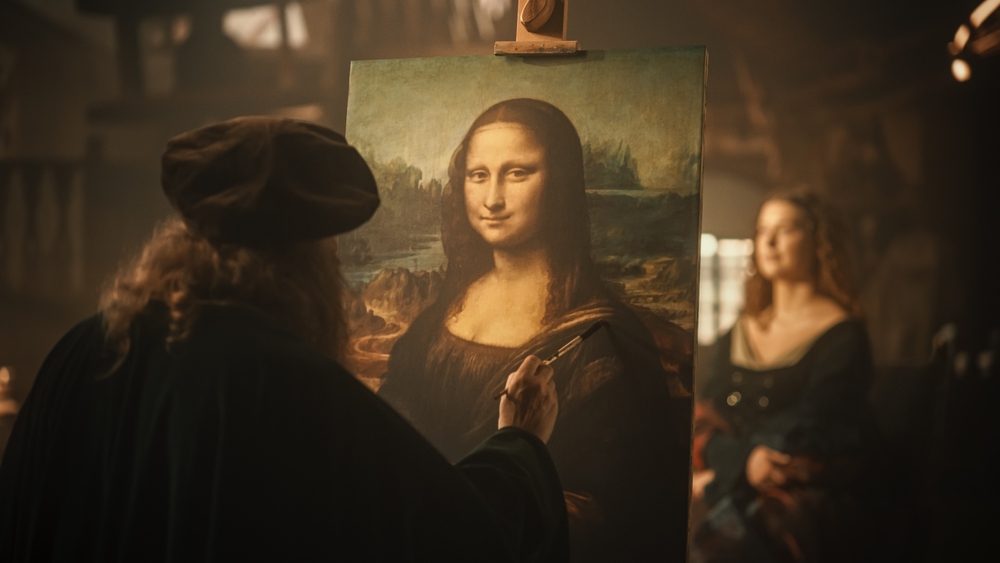
Art swaps are a fantastic way to acquire new pieces without spending money. By connecting with other collectors who share your passion, you can arrange trades that benefit both parties. Start by joining art collector groups, both online and in your local community, where art swaps are often organized. These events can be a playground for discovering unique pieces and meeting like-minded individuals. As you participate, you’ll learn how to negotiate deals that maximize the value of your collection. The relationships you form during these swaps can lead to ongoing exchanges and collaborations.
In addition to acquiring art, these swaps will help you refine your eye for valuable pieces and trends within the art world. As your collection grows, you’ll become known for your ability to curate diverse and interesting art selections. This expertise can lead to consulting opportunities, where other collectors or investors pay for your insights and advice. Furthermore, documenting your art swaps and the stories behind each piece can draw an audience interested in your journey. Sharing these experiences through a blog or social media can build your brand and create revenue streams through ads, sponsorships, or merchandise. By engaging in art swaps, you’re not only growing your collection but also crafting a narrative that can enhance your financial success.
8. Host Art Exhibitions in Unconventional Spaces
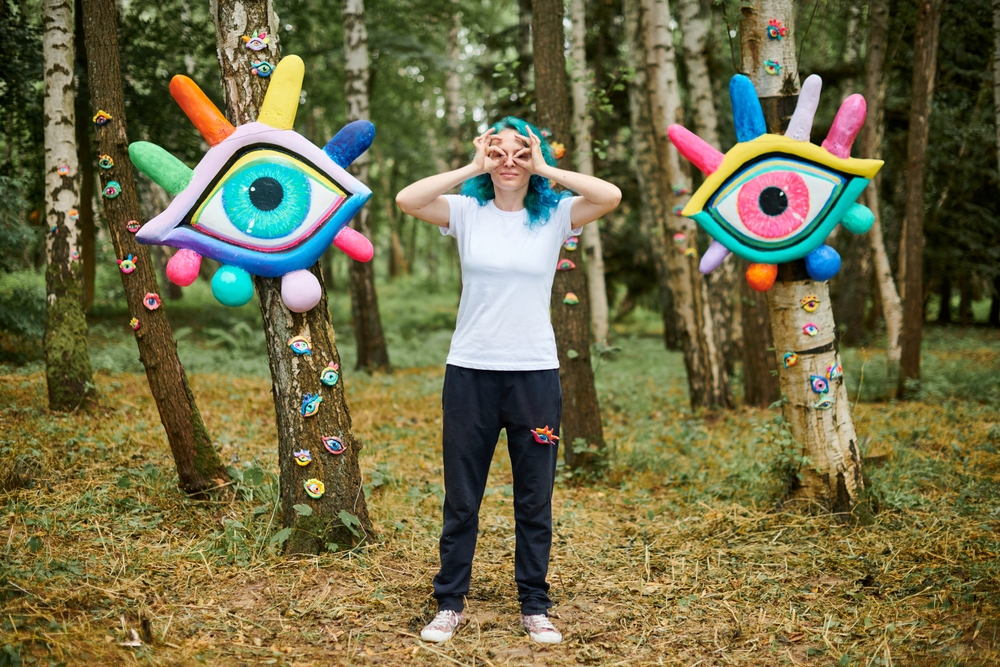
Think outside the box when it comes to where you can host art exhibitions. Traditional galleries are great, but unconventional spaces like coffee shops, libraries, or even your own home can serve as platforms for showcasing art. By organizing exhibitions in these spaces, you can collaborate with artists willing to provide their work for free in exchange for exposure. Reach out to local businesses interested in attracting more foot traffic and propose hosting an art show. This arrangement is mutually beneficial, as the business gets more visitors while you and the artists gain visibility.
Hosting these exhibitions boosts your profile in the local art scene and can lead to sponsorship and partnership opportunities. As you gain a reputation for creative events, businesses and brands might approach you for collaborations, offering financial incentives or resources. Over time, you can expand your exhibitions to include more artists and larger audiences, increasing the potential for art sales and commissions. Documenting these exhibitions through photos, videos, or blogs will help you build an online portfolio, attracting further opportunities. As your network and influence grow, so too does your potential to make significant profits from your art endeavors.
9. Get Involved in Art Competitions and Residencies
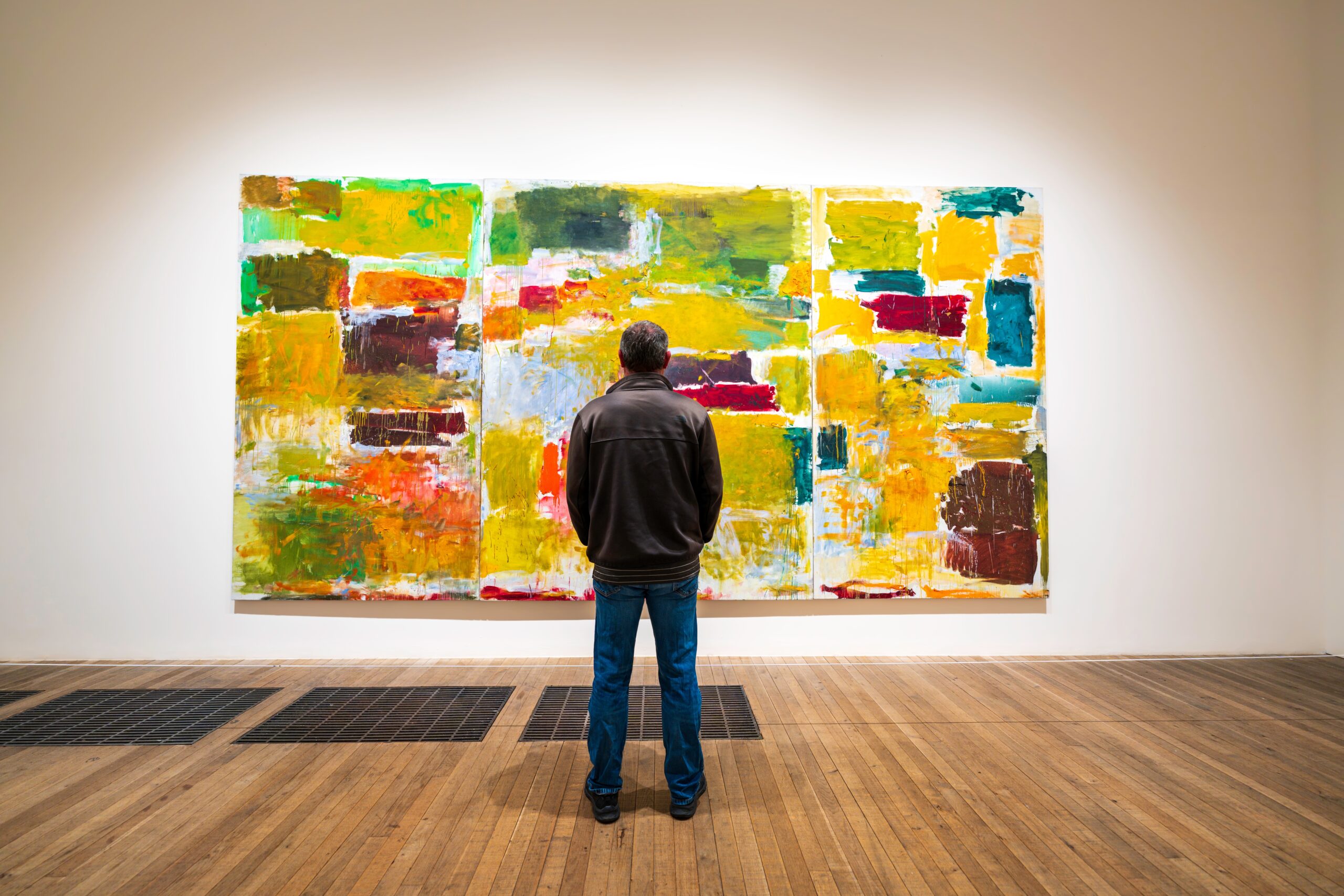
Art competitions and residencies are not only for artists but also for collectors and curators. Many of these programs offer art as prizes or provide opportunities to collaborate with artists on projects. By getting involved, you can acquire unique pieces while building your reputation in the art world. Research available competitions and residencies that align with your interests and skills. Applying for these opportunities requires a strong portfolio and a compelling story about your vision for the art. If selected, you’ll gain access to exclusive networks and resources that can elevate your art endeavors.
Participating in competitions and residencies enhances your credibility and opens doors to additional opportunities. As you connect with artists and industry professionals, you can collaborate on projects that generate income or lead to more art acquisitions. The experiences and relationships you build during these programs can be leveraged to attract investors or sponsors interested in your growing influence. Sharing your journey through social media or a dedicated blog can further increase your visibility and create revenue streams through ads or sponsorships. Over time, your involvement in these programs can lead to significant financial gains and a flourishing art career.
10. Collaborate with Art Students and Emerging Artists
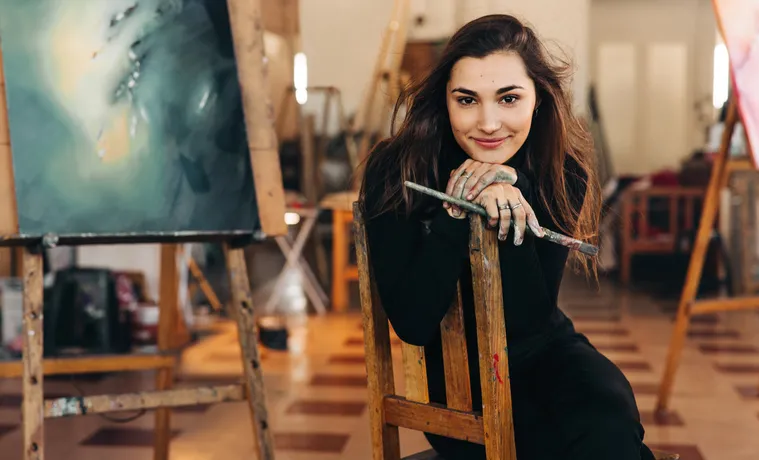
Art students and emerging artists are often eager to gain exposure and build their portfolios, making them ideal collaborators for acquiring art. Reach out to local art schools or universities and propose partnership opportunities where students can showcase their work in your events or exhibitions. In exchange, you can offer mentorship, resources, or marketing support, providing them with valuable experience and exposure. These collaborations allow you to acquire art without spending money, while also supporting the next generation of artists. As you build relationships with these artists, you’ll gain access to unique pieces not yet available to the wider market.
By focusing on emerging talent, you position yourself as an advocate for new voices in the art world. This reputation can attract attention from investors or collectors interested in discovering fresh artists, opening up consulting opportunities. As your network expands, you’ll be invited to more events and collaborations, increasing your influence and potential for financial success. Documenting your work with emerging artists through social media or a blog can further enhance your profile and create additional revenue streams. As these artists grow in their careers, the art you’ve acquired may increase in value, resulting in significant profits.
11. Utilize Crowdfunding to Acquire Art

Crowdfunding platforms like Kickstarter or GoFundMe can be powerful tools for acquiring art without using your own funds. By creating a compelling campaign, you can raise money to purchase specific pieces or support art-related projects. Share your campaign with your network and art communities, explaining the impact of the art on your collection or community initiatives. To incentivize contributions, offer rewards such as exclusive access to your art events, prints, or personalized art consultations. Success in crowdfunding relies on a strong narrative and marketing strategy, so be sure to plan and execute your campaign carefully.
A successful crowdfunding campaign not only funds your art acquisition but also raises your profile as an art enthusiast and community leader. As people learn about your initiative, you’ll attract attention from artists and collectors interested in your vision. This increased visibility can lead to sponsorships, partnerships, and collaboration opportunities that generate income. Documenting your crowdfunding journey through blogs or social media can further enhance your brand and create additional revenue streams. Over time, your successful campaigns can lead to significant financial gains as your collection grows and your influence in the art world expands.
12. Discover Art in Unexpected Places

Art is everywhere, and some of the best pieces can be found in unexpected places. Keep an eye out at thrift stores, flea markets, garage sales, or estate sales for unique and affordable art. Often, people selling these items are unaware of their true value, allowing you to acquire art at little or no cost. As you explore these venues, hone your skills in identifying pieces with potential value or interesting stories. Building relationships with sellers can also lead to special deals or inside information on upcoming sales.
Finding art in unexpected places requires patience and a keen eye, but the rewards can be significant. As you grow your collection, you’ll become known for your ability to discover hidden gems, attracting attention from collectors and investors. Your reputation as an astute art finder can lead to consulting opportunities or partnerships with galleries interested in your discoveries. Documenting your finds and sharing the stories behind them through social media or a blog can further enhance your profile and create revenue streams. Over time, the pieces you acquire may increase in value, resulting in significant financial gains.
13. Create and Sell Art-Related Content
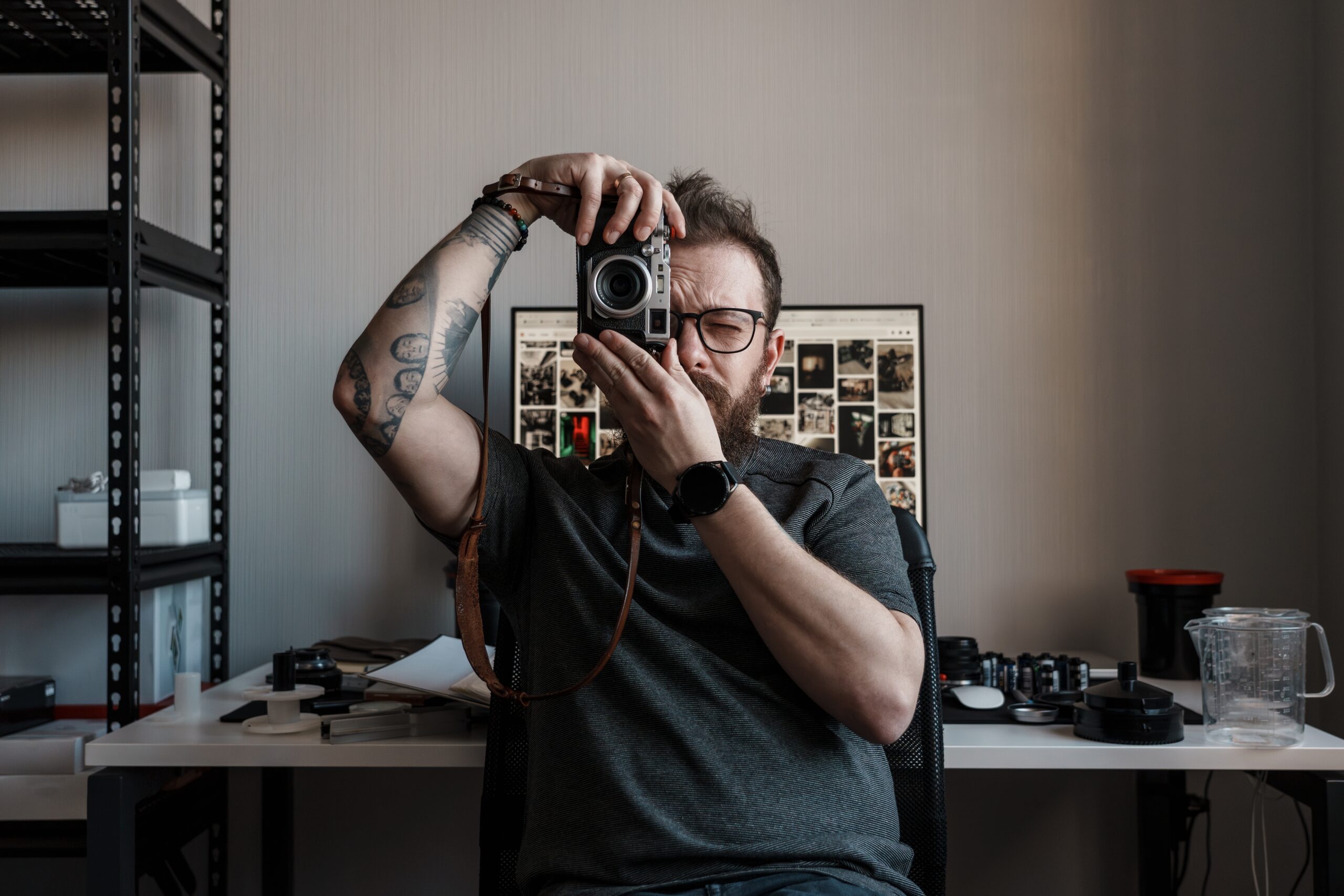
If you’re knowledgeable or passionate about art, creating and selling art-related content can fund your art acquisitions. Start a blog, YouTube channel, or podcast where you share insights, interviews, and stories about the art world. As your audience grows, you can monetize your content through ads, sponsorships, or merchandise. The income generated can be used to acquire art without spending your own money. Additionally, your platform can attract attention from artists and collectors interested in collaborating or featuring their work on your channel.
Creating content positions you as an expert in the art world, attracting opportunities to collaborate on projects or consult for collectors and investors. The relationships you build through your platform can lead to access to exclusive art deals and events. As your influence grows, so too does your potential to make significant profits from your art ventures. Documenting your journey and sharing your experiences with acquiring and selling art can inspire others and further enhance your profile. Over time, your content creation efforts can lead to a thriving art business and financial success.
This article is for informational purposes only and should not be construed as financial advice. Consult a financial professional before making investment or other financial decisions. The author and publisher make no warranties of any kind.








